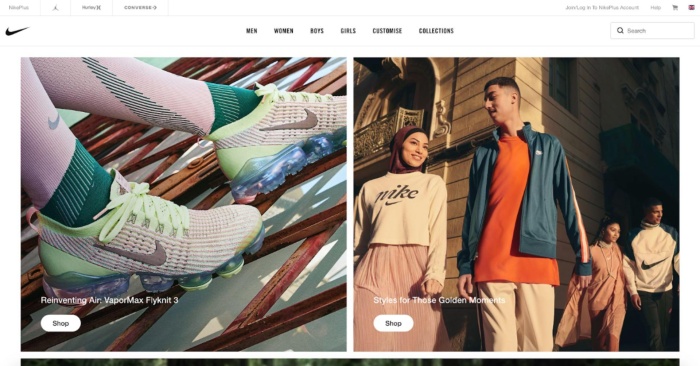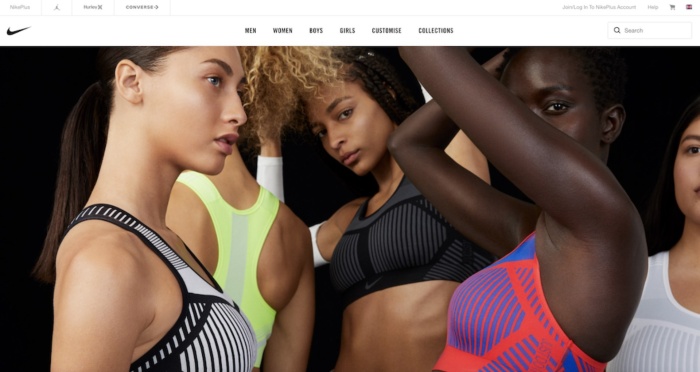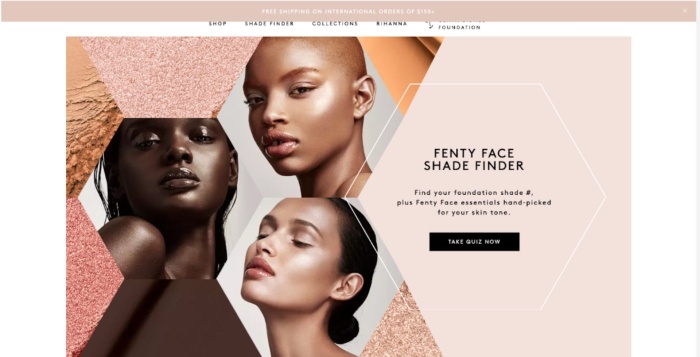
The role of behavioural psychology in customer experience

- Customer Experience
The days when retailers could rely solely on the power of name recognition are a distant memory. Technology today has created a new shift in the way consumers value brands. Understanding what makes people buy into a brand is complicated - human behaviour is complex and ever-changing. So, it’s essential to understand why some brands exceed in connecting with their customers digitally. It is not enough to have an appealing design to answer the question. Rather, we should dig deeper and examine the behavioural psychology factors behind consumer actions and how it can be applied to digital product design. In this article we discover how tapping into behavioural science such as the McGuire’s Psychological Motives by William J. McGuire, can help product designers be more effective in helping brands reach their audience and reshape customer experience.
McGuire’s Psychological Motives: The Affiliation Behaviour
While McGuire’s Psychological Motives are rooted in marketing, the model can be applied to product design to make sure that the designs do evoke consumer’s inner motivation. According to McGuire, there are 12 psychological motives, that assist consumers to purchase a product. While we won’t cover all the 12 motives in this article, we will focus on one motive which we will refer to as Affiliation Behaviour, and give examples of brands are using this motivation effectively to improve customer experience. Affiliation is the need to develop mutually helpful and satisfying relationships with others. Harvard describes our need for social identities, why they matter and how they can affect purchases here. The Psychology Dictionary defines affiliation behaviour as:
“Any sort of behaviour that is enacted with the intent of supporting or improving one's individual union with others or which is connected more so with a drive to build, upkeep, and improve close individual partnerships with others.”
Nike
The success of Nike can be contributed to many things, one of these is how Nike has incorporated affiliation behaviour into their online store design. According to McGuire, consumers are more likely to purchase a product that helps them to associate with other people who share similar values, goals and life experience. Nike uses the affiliation theme on its website to arouse emotions and sentiments in the minds of the consumers (see image1 and 2). Nike knows that its consumers come from a diverse background both in sport and culture, and has therefore incorporated subculture images into their design rather than having a homogeneous approach. The consumer can use the imagery, products and content as a source of information for their purchase decisions. This decision can be helped by appealing to the users social identity and being able to find similarity of the group member shown in the design - both ethnicity and sporting interests are well represented by Nike. Thus, a person may notice that people who exercise in groups use a specific outfit, he or she may then decide to try out the outfit (see image 3), as the visual cues displayed on the website is an implicit way to direct the visitors’ attention to a product they see fit.


Nike makes it very clear that Nike is for everyone no matter ethnicity, gender or sports interest. This creates an atmosphere of inclusion rather than exclusion in which can help the consumer to select a product that they believe is targeted for them. Note that Nike uses a similar strategy in its retail stores as well.
Fenty
Another brand that is using affiliation behaviour in its design is the makeup brand Fenty. Fenty has evidenced affiliation behaviour through its designs due to its understanding of how much of the makeup industry was disregarding diversity in their range of makeup foundations. To solve the problem, Fenty knew that they needed to think diversification. As a solution, the company created 40+ different shades and undertones for women with a wide range of skin tones (see image 2). Fenty also applied this strategy into their user experience by creating a feature called ‘Shade Finder’ to help buyers find products that closely suits their skin tone, by taking a skin tone quiz. This user-centric approach is a unique way of enhancing the customer experience. It helps its buyers remember their skin tone by applying the Mental Imagery Method; which is the idea that creating visual images makes material easier to remember. It can be difficult to identify one’s skin tone, as human skin colour is quite variable around the world. The visual design of Fenty does aim to make their platform as similar as possible to their audience in order to improve the customer experience.

What can we learn from Nike and Fenty?
Applying behavioural psychology in product design can improve the quality of customer interactions and build brand recognition as a customer-centric brand. By paying attention to how your customers think and feel, and utilizing it into your design strategy, you can improve customer experience. What the exploration of Nike and Fenty have revealed to us, is that brands do need to embrace strategic design that is attuned with the psychological well being of its consumers, because subconsciously buyers will gravitate toward the brand that builds a community that is trying to solve a common goal.
Image 3: Fenty understood that humans seem to have a deep-rooted ability to react emotionally to symbolic representations of members of their in-groups.
Image 1 and 2: Nike makes it very clear that Nike is for everyone no matter ethnicity, gender or sports interest. This creates an atmosphere of inclusion rather than exclusion in which can help the consumer to select a product that they believe is targeted for them. Note that Nike uses a similar strategy in its retail stores as well.
How can we help?
We partner with health and pharmaceutical companies to help them design their next generation of products, services, and experiences. Every project we touch involves UX, interaction and visual design. Design starts with people and we strive to achieve a positive impact, through our human-centred design process.
If you want to find out more about our design services, click the link or feel free to get in touch.

